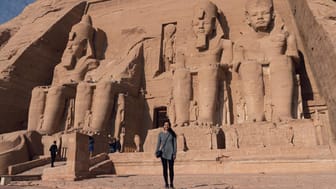Abu Simbel Temples
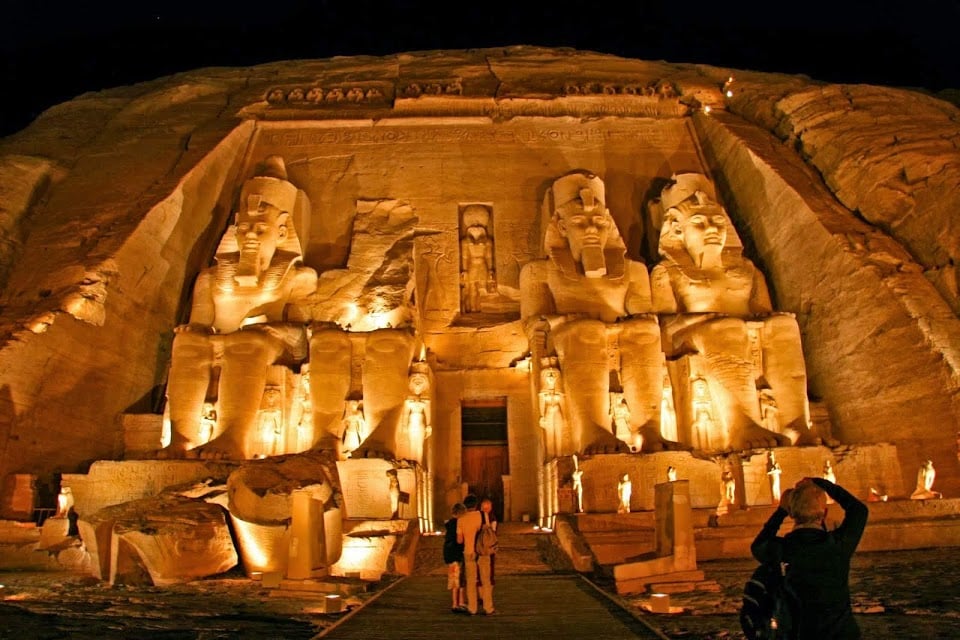

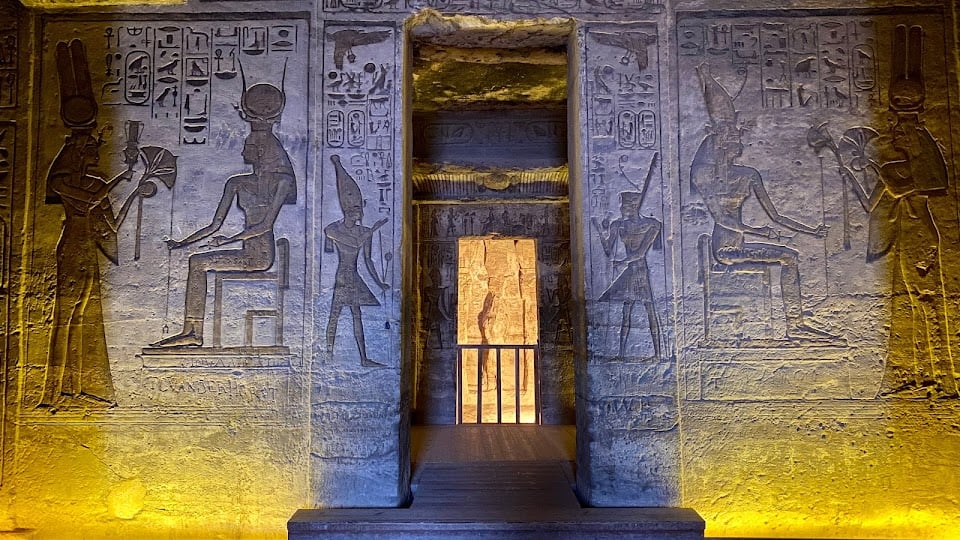
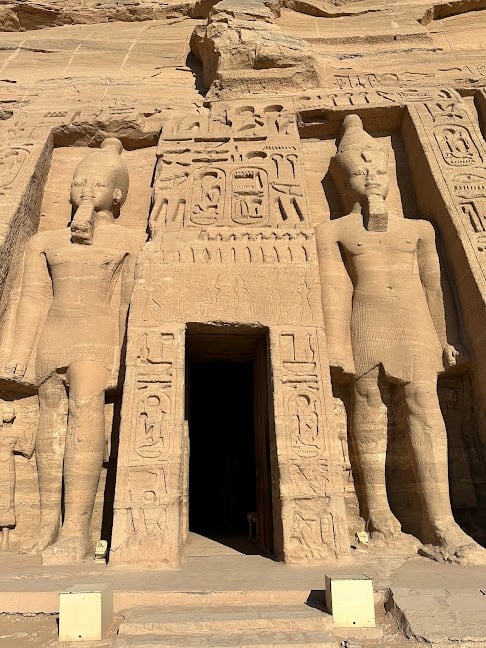
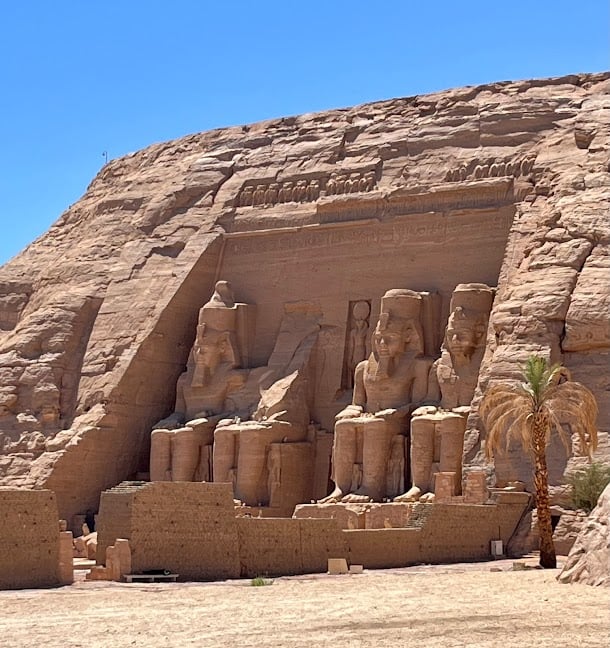
Ask ThatchGPT
Suggest a local expert to plan my trip
Suggest an unique itinerary for my Egypt trip
What foods do Egypt locals eat
What are some true hidden gems in Egypt
Help me brainstorm trip ideas for Egypt
Help me plan a family-friendly trip to Egypt
What people say
Leo Scarton
Available for hire
"Abu Simbel, situated on the banks of Lake Nasser in southern Egypt, comprises two massive rock temples carved into the mountainside during the reign of Pharaoh Ramesses II in the 13th century BCE.
The Great Temple of Abu Simbel is the primary edifice, dedicated to the deities Ra-Harakhty, Ptah, and Amun. The façade is adorned with colossal statues of Pharaoh Ramesses II, seated on a throne and flanked by smaller statues of his family members. The interior of the temple features intricately decorated halls and sanctuaries, depicting scenes of the pharaoh's military victories and religious rituals.
Adjacent to the Great Temple stands the smaller Temple of Hathor and Nefertari, dedicated to the queen and the goddess Hathor. The façade showcases statues of Ramesses II and Nefertari, illustrating the deep connection between royalty and divine worship in ancient Egyptian culture.
Fun Fact: The construction of Abu Simbel was intended not only as a grand tribute to the gods but also as a political statement. The strategically placed statues and reliefs proclaimed the might and divine favor bestowed upon Ramesses II.
The most remarkable aspect of Abu Simbel is the Herculean effort undertaken in the 1960s to relocate the temples to higher ground due to the construction of the Aswan High Dam. This monumental UNESCO-led project preserved these ancient wonders from being submerged by the rising waters of Lake Nasser.
As you stand before the colossal statues and intricate carvings of Abu Simbel, you'll be transported back in time to an era of pharaonic splendor. The precision of the ancient architects and the significance of the temples within the context of ancient Egyptian religion and statecraft are palpable.
Today, Abu Simbel remains a testament to the enduring legacy of Ramesses II and the ingenious efforts of modern conservation. The site continues to attract visitors from around the world, inviting them to marvel at the scale of ancient ambition and the collaborative triumph of modern preservation."
Read more in:
Mentioned in these guides
About Abu Simbel Temples
Get the inside scoop on Abu Simbel Temples from local experts, travel creators, and tastemakers. Browse genuine trip notes, Abu Simbel Temples reviews, photos, travel guides, and itineraries from real travelers and plan your trip with confidence.
Phone
Save this spot for later or start mapping out a new trip today
Try our AI Travel Assistant and get instant answers to any questions about your trip.
Ask ThatchGPT
